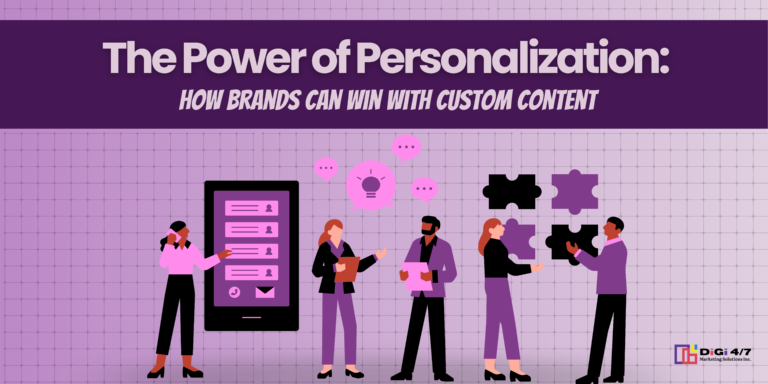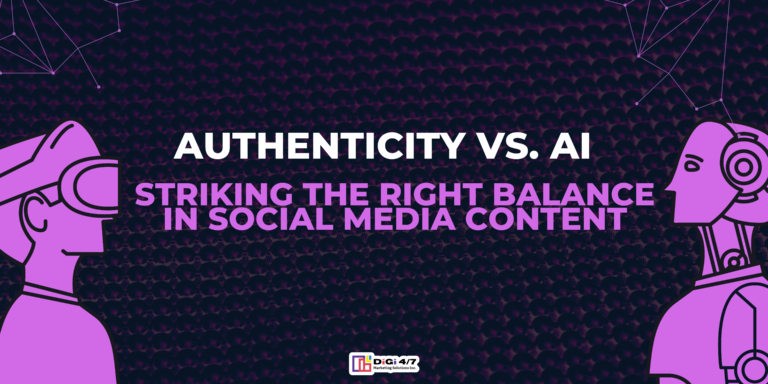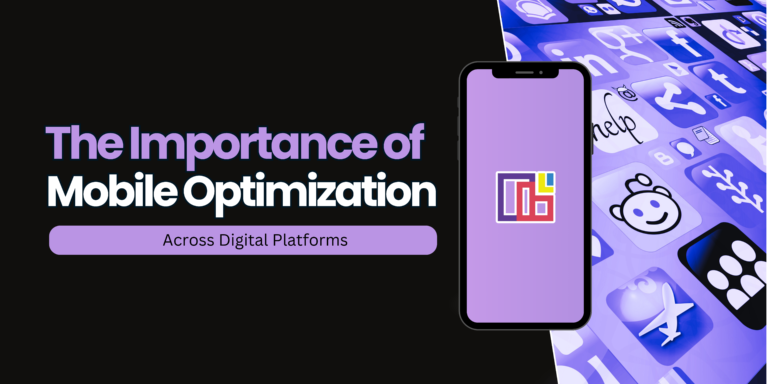
Creating a Buzz : Unlocking Viral Marketing's Potential
In the digital age, viral marketing has become a powerful tool for promoting brands. It leverages the rapid transmission of information and the socially interactive nature of internet platforms to encourage people to share content. This essay explores the fundamentals of viral marketing, how it works, its applications, and its impact on both customers and companies.

What Defines Viral Marketing
Viral marketing refers to techniques that advertise goods or services by creating content so compelling that consumers feel driven to share it across their social media networks. The concept mimics a virus: once content becomes “infectious,” it spreads rapidly through social media, reaching a large audience with minimal effort from the company. Instead of relying on traditional advertising methods, it depends on user interaction, social sharing, and word-of-mouth.
The Viral Marketing Approach
Several crucial elements contribute to a successful viral marketing campaign:
- Compelling Content
For content to go viral, it must be entertaining, informative, or emotionally engaging. This could range from touching stories and humorous videos to captivating infographics and interactive ads. Users are motivated to share content with inherent value, which broadens its audience. - Digital Posting
It exploits the influence of social media sites and online forums. Users extend the reach of content beyond the brand’s immediate audience by sharing it followers. Platforms like Instagram, TikTok, Facebook, and Twitter play a key role in this dissemination. - Influential Amplification
Celebrities and influencers can significantly boost a content’s viral potential. Their credibility and established fan base provide a valuable platform for distributing material, often accelerating its reach and engagement. - Relevance and Timeliness
Viral content often taps into current trends, cultural phenomena, or urgent issues. Brands can enhance their chances of widespread sharing by aligning their content with these timely topics.
Viral Advertisements Examples
Several campaigns illustrate the effectiveness and potential of viral marketing:
- Dove’s Real Beauty Campaign
Dove challenged traditional beauty standards by highlighting the beauty of real women. Its emotionally resonant message spread widely, garnering substantial media attention and reinforcing Dove’s core values. - Old Spice’s “The Man Your Man Could Smell Like” Campaign
Old Spice’s unique and humorous ads captured significant attention. The company’s strategic use of online platforms and engaging content resulted in a substantial increase in sales and brand recognition.
Impact for Companies and Customers
Viral marketing offers both opportunities and challenges for companies. The main advantage is cost-effectiveness. A successful viral campaign can reach a broad audience at a relatively low cost. However, predicting what will go viral remains unpredictable. Brands must create content that aligns with their image and resonates with viewers to encourage sharing.
For consumers, viral marketing provides exposure to creative and engaging material. However, as users become more selective about what they interact with and share, an overabundance of viral content can sometimes lead to fatigue or skepticism.
Synopsis
In the digital era, viral marketing serves as a dynamic and effective strategy for brand promotion. By crafting emotionally impactful content that leverages social sharing. Brands can achieve extensive reach and engagement at a minimal cost. Despite its unpredictability, viral marketing’s core principles will likely remain central to successful brand communication as digital platforms evolve, continuing to drive creativity and interaction in the ever-changing landscape of digital marketing.















